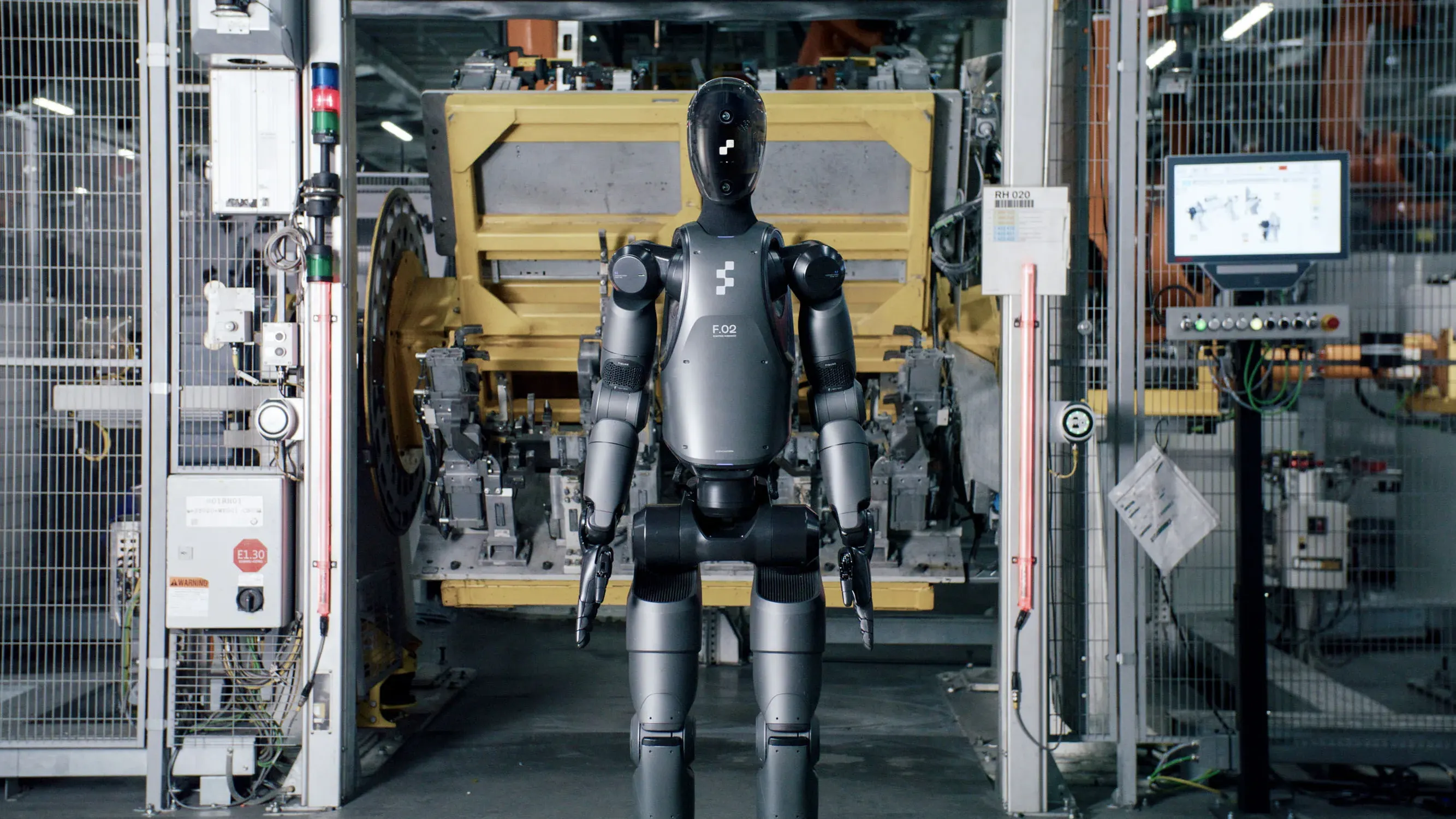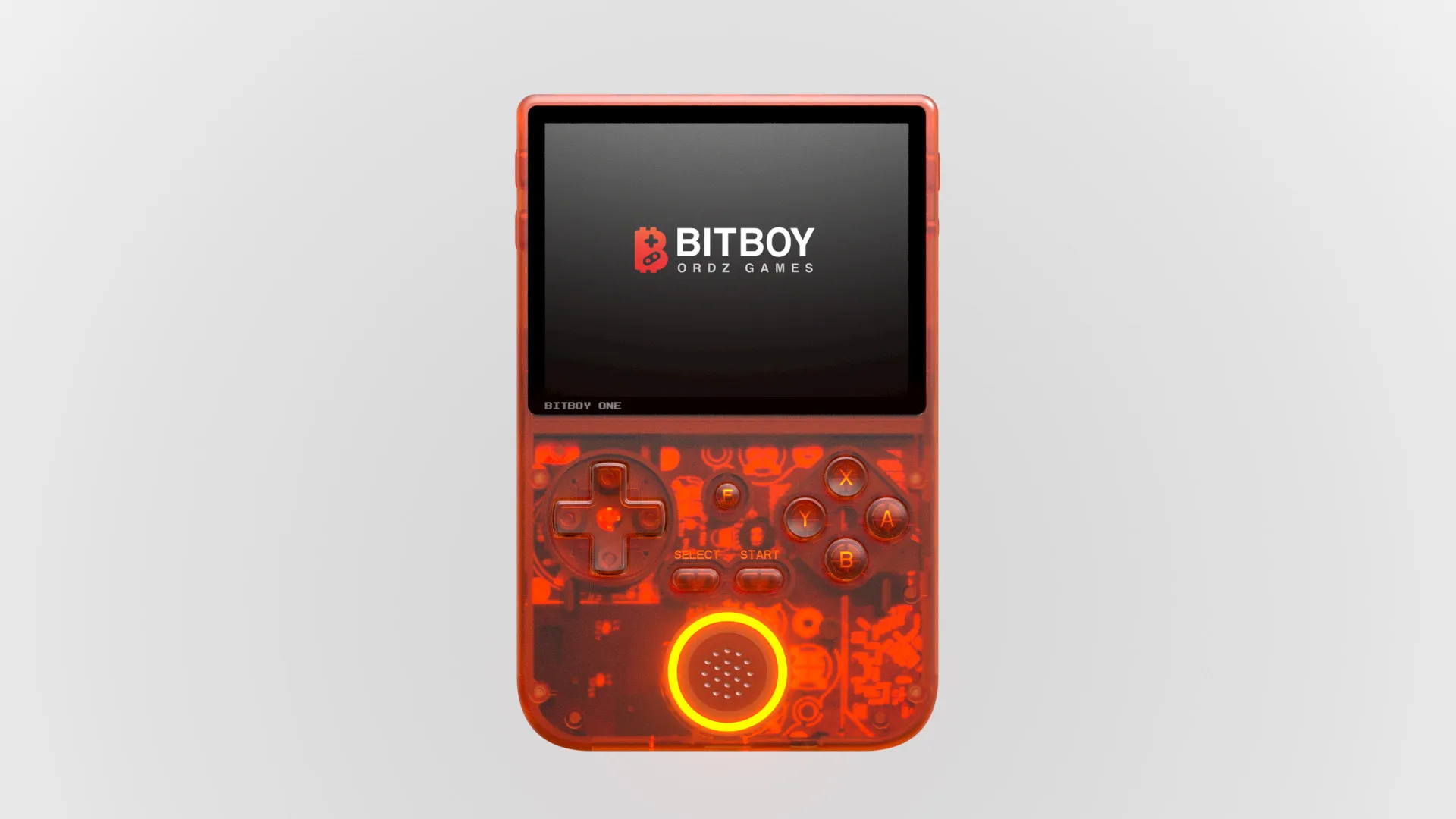From pocket AI assistants to humanoid robots, this year’s hardware innovations demonstrate the growing convergence of artificial intelligence, crypto and consumer technology.
Despite concerns that the rise of AI could lead to more toxic waste by 2030, more products are being introduced. The hardware landscape has changed dramatically, with companies large and small rushing to bring AI out of the cloud and into the hands of consumers.
Meanwhile, crypto hardware continues to target its users, with manufacturers learning hard lessons about pricing and usability.
This year’s standout products paint a picture of a sector in transition, where success depends not only on technological innovation, but also on the balance between a product’s capabilities and accessibility.
In no particular order, we’ve rounded up seven devices that will turn heads in 2024 – and in some cases completely redefine their categories.
Rabbit R1
In a year dominated by AI hardware launches, the Rabbit R1 emerged as a standout or even a frontrunner. Priced at an accessible $199, this pocket-sized AI assistant has earned praise for delivering where others stumbled.
The device’s “Large Action Model” technology allows it to control other apps with impressive speed: most responses come within 1.5 to 2 seconds, says tech critic Lewis Hilsenteger of Unbox Therapy.
“What the hardware represents is an opportunity to get people excited about a new input method, one that is no longer touch-based and no longer app-based,” Hilsenteger noted in his video review.
The R1’s success shows some contrast with more expensive competitors, suggesting that in the emerging AI hardware market, affordability and usability could trump its premium positioning.
Human AI pin

If the Rabbit R1 represents the potential of AI hardware, then the Humane AI Pin serves as a cautionary tale about the dangers of overpromising and underdelivering. Despite backing from tech industry celebrities and a sleek design, the $699 device (plus a $24 monthly subscription) faced strong reviews after launch.
“Should you buy this thing? That’s easy. No. No way,” David Pierce wrote The edge‘s scathing review. Critics pointed to slow performance, limited functionality and a constant need for internet connection.
The reception of the PIN has become a learning opportunity for the industry, highlighting the gap between the promise of AI and its current practical limitations.
Figure 02 Humanoid robot

While consumer AI was making headlines, Figure AI quietly advanced the state of the art in humanoid robotics with Figure 02. The robot’s enhanced AI system and enhanced computer vision are powered by six AI-enabled RGB cameras, among other hardware improvements.
The company’s partnership with OpenAI brings advanced language and visual processing capabilities to the platform.
“These robots can eliminate the need for unsafe and unwanted jobs, ultimately helping us live happier, more purposeful lives,” said Brett Adcock, founder of Figure AI.
With a valuation of $2.6 billion and the backing of tech giants like Microsoft and Nvidia, Figure 02 indicates that the era of practical humanoid robots may be closer than we think.
Solana viewfinder

After the unexpected success of its Saga smartphone, Solana Mobile is expanding with the Seeker. The $500 device, which was unveiled this year and will hit the market in 2025, has already secured 140,000 pre-orders, indicating strong market demand for crypto-native mobile devices.
The Seeker promises significant improvements over its predecessor, including improved cameras (108-megapixel and 32-megapixel sensors), longer battery life, and what Solana Mobile General Manager Emmett Hollyer calls “a meaningful step up” in processing power.
“Of course it will be a reward magnet,” Hollyer said Declutterreferring to the airdrop appeal that saw the Saga sell out by the end of 2023. “But it’s also going to open up some unique experiential doors that I think will be new to Seeker versus Saga.”
BitBoy One gaming handheld

Bridging the worlds of retro gaming and crypto, the BitBoy One represents a new approach to hardware wallets. This $500 device combines gaming capabilities with Bitcoin storage and DePIN mining features, wrapped in a nostalgic Game Boy-inspired design.
While its processing power limits it to games from the PlayStation era and earlier, the device’s multi-functionality could appeal to crypto enthusiasts looking for more engagement than traditional hardware wallets offer.
We also wrote about other crypto gaming handhelds making waves this year, and the burgeoning space looks exciting as 2025 approaches. The BitBoy One recently started shipping, and Declutter is currently testing it. Stay tuned for more coverage in the new year.
Nakamoto chronograph

The limited edition Nakamoto Chronograph from luxury watchmaker Franck Muller brings high-quality horology to the crypto world. We didn’t write about this timepiece, but about one of them Decode writers got the chance to try it on at Token2049 in Singapore earlier this year.
Limited to just 100 pieces, the carbon fiber timepiece features the manufacturer’s signature Vanguard shape and a refined Swiss automatic movement. Housed in the 45mm case, the chronograph showcases Muller’s signature craftsmanship with its FM 0800 Swiss automatic movement, which offers a 42-hour power reserve. The watch is also waterproof up to 30 meters.
The carbon fiber construction and scratch-resistant sapphire crystal protect the intricate mechanism, while the black alligator leather strap and double folding clasp provide the elegance needed for a true collector’s piece.
“Satoshi Nakamoto ingeniously intertwined technical, economic and legal complexities to design Bitcoin,” the watchmaker said, comparing the Bitcoin maker to Müller’s penchant for “timeless” symbols of elegance and innovation.
The watch’s tribute to Bitcoin’s anonymous creator goes beyond its name, with design elements that reference blockchain technology and crypto culture.
While its price is highly appreciated $54,600– puts it firmly in the luxury category, the Chronograph represents the growing mainstream acceptance of crypto culture in more traditional domains.
AirMoneyDegn

As decentralized physical infrastructure networks, or DePINs, gained popularity this year, some projects were quick to capitalize on the trend: AirMoney’s Degn device claims to be the first hardware wallet designed specifically for this emerging ecosystem.
The device combines traditional wallet security with active network participation features, including built-in node control capabilities and physical controls for trading. The project positions its device as “purpose-built” for crypto engagement, similar to how a Kindle is explicitly designed for reading.
The most notable feature is the physical interface: a tactile button for adjusting trading leverage, and OLED buttons that provide haptic feedback during trades. The design philosophy prioritizes tangible interaction with digital assets, moving away from the purely screen-based interfaces common to most crypto hardware.
This targeted approach could set a new standard for crypto hardware, moving beyond simple storage to more active participation in the ecosystem.
Edited by Sebastian Sinclair and Andrew Hayward
Generally intelligent Newsletter
A weekly AI journey narrated by Gen, a generative AI model.

